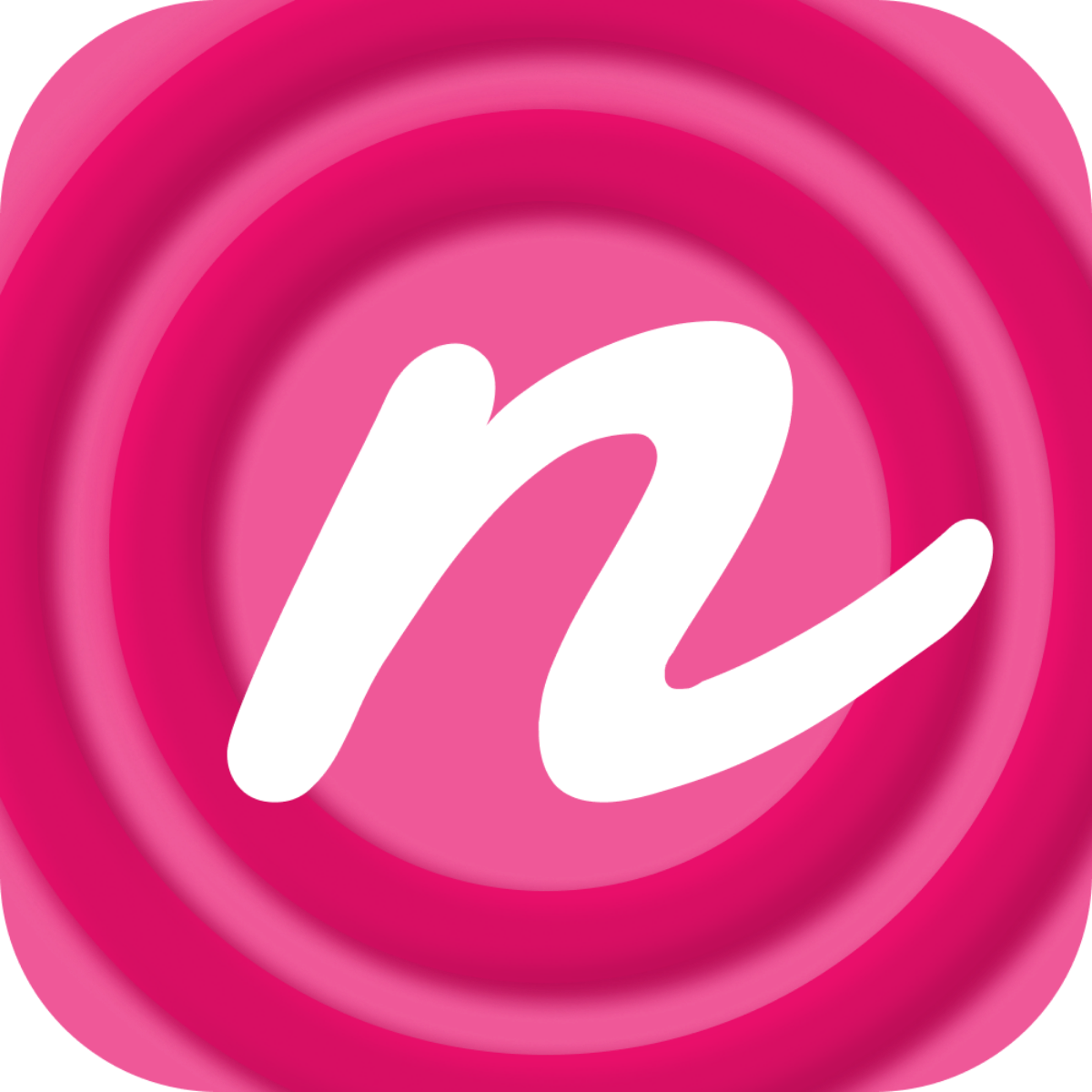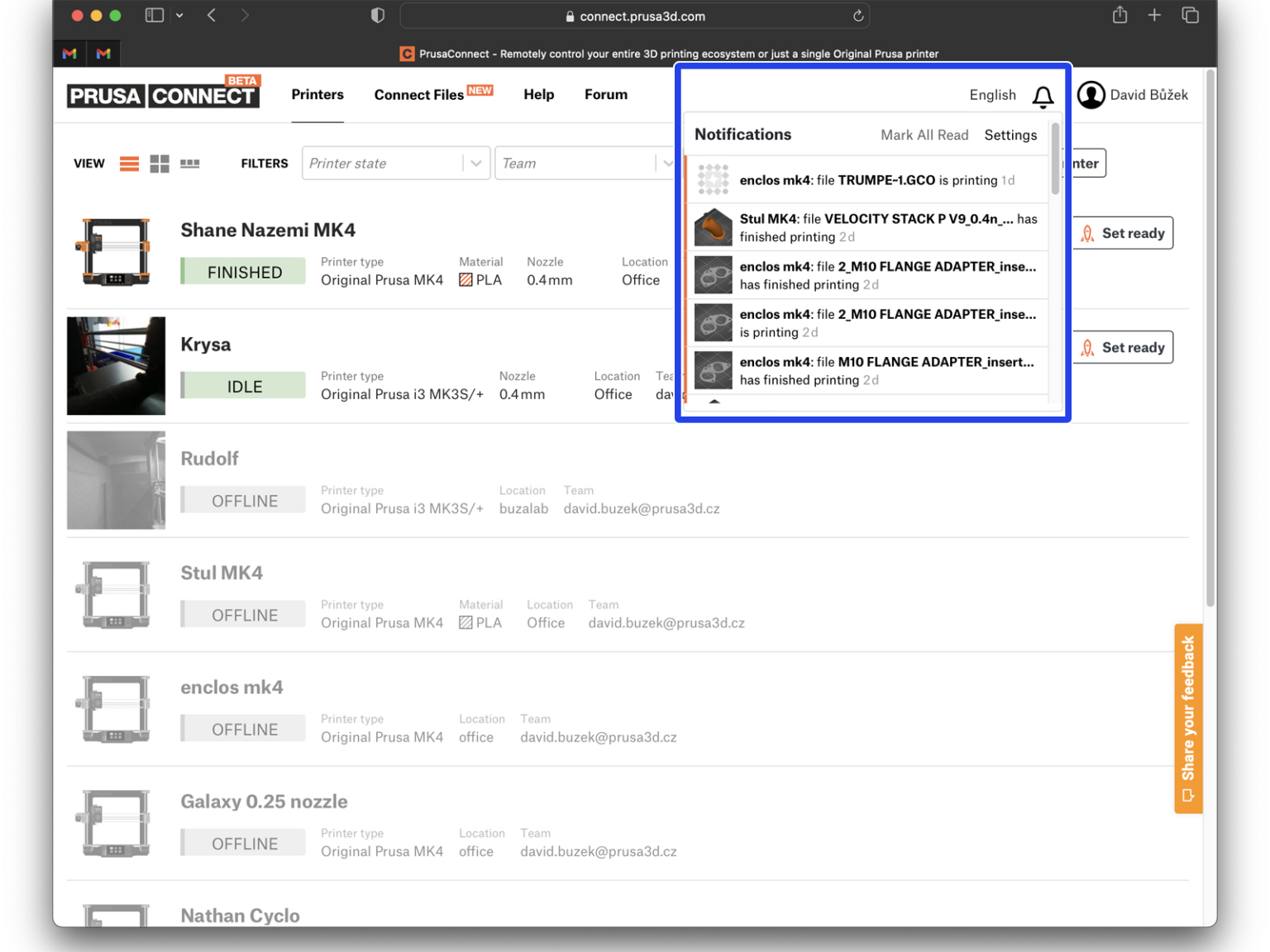In an era defined by unprecedented technological advancement, how do we stay connected to the very fabric of our increasingly digital world? RemoteIoT send notifications are the answer, revolutionizing the way businesses and individuals interact with the Internet of Things (IoT) and transforming how we receive critical updates in real-time. This technology is not just an upgrade; its a fundamental shift, enhancing functionality and elevating the overall user experience.
As the adoption of IoT solutions accelerates across industries, the demand for sophisticated and efficient notification systems has similarly increased. The ability to receive immediate information, the pivotal role of RemoteIoT send notifications, has never been more crucial, facilitating communication between devices and users and ensuring that important information is delivered with both precision and immediacy. Whether you're a seasoned software developer, an innovative business owner, or simply a tech enthusiast, understanding the mechanics and applications of RemoteIoT send notifications can dramatically improve and shape your IoT projects. From the initial setup of notification systems to the troubleshooting of common technical issues, this in-depth analysis will equip you with the essential knowledge and resources needed to thrive in todays complex and evolving IoT landscape.
| Category | Details |
|---|---|
| Definition | RemoteIoT send notifications refers to the ability to remotely manage and monitor IoT devices. This includes the capacity to send real-time updates, alerts, and information to users regarding the status and performance of their connected devices. |
| Importance | RemoteIoT send notifications are essential because they provide immediate information, enhance user experience, improve system reliability, and reduce downtime. They facilitate timely delivery of critical information and ensure devices remain operational. |
| Working Process | The process involves IoT devices collecting data, cloud platforms processing the data, and notification channels delivering the updates to users. Events trigger notifications, delivering information through various channels like email, SMS, and push notifications. |
| Implementation Steps |
|
| Best Practices |
|
| Common Challenges |
|
| Applications |
|
| Future Trends |
|
| Tools & Technologies |
|
Reference: For more information on IoT and notification systems, please visit Statista
- Christopher Eubanks Wife A Look At Their Life Love Story
- Bruno Mars Kids What You Need To Know About His Family Life
RemoteIoT, at its core, represents the capacity to remotely control, monitor, and manage the vast ecosystem of interconnected devices that make up the Internet of Things. This capability is transformative across a multitude of sectors, from the intimacy of smart homes to the complex infrastructure of industrial automation. A critical element of RemoteIoT is the ability to send notifications. These notifications are essential for ensuring that users remain continuously informed about the operational status of their connected devices. Notifications provide a critical link, turning passive devices into active communicators, feeding vital information directly to the user.
The value of RemoteIoT notifications is multi-faceted. They offer real-time updates on device performance, ensuring users have immediate awareness of their devices' operational state. This swift dissemination of information considerably improves user experience by providing timely and relevant data. Crucially, notifications enhance system reliability, alerting users to potential issues before they escalate into more serious problems. This proactive approach helps in reducing downtime and prevents disruptions.
The mechanism behind RemoteIoT send notifications is a carefully orchestrated process involving several key components. IoT devices, such as sensors, actuators, and other hardware elements, play the role of data collectors, capturing information and transmitting it to the cloud. Cloud platforms then take over, processing this data and making decisions about when to trigger and send notifications. Finally, notification channels, including email, SMS, push notifications, and other communication methods, serve as the delivery systems through which users receive critical updates. When an event triggers a notification, the cloud platform relays the relevant information to the user via their preferred channel, guaranteeing that updates are received without manual intervention. This system is designed to provide timely, essential information to users.
Implementing a robust notification system for RemoteIoT devices involves several crucial steps. The first step is selecting the right cloud platform, with options such as AWS IoT, Microsoft Azure IoT Hub, and Google Cloud IoT Core offering robust solutions for managing IoT devices and efficiently dispatching notifications. Once a platform has been chosen, the next step involves the configuration of your IoT devices. This requires establishing data collection parameters and clearly defining the conditions under which notifications should be generated and sent. Finally, it is important to identify and select the most effective channels for delivering these notifications. These options range from email and SMS to push notifications and voice alerts, allowing you to customize the delivery method to meet the needs of each user.
To maximize the effectiveness of RemoteIoT send notifications, it is crucial to adopt a set of best practices. Customizing notification settings to align with the unique needs of individual users is a priority, ensuring that each person receives the information that is most relevant to them. Another key practice involves regularly testing your notification systems to ensure they function correctly and consistently deliver updates. Securing sensitive data that is transmitted through notifications should be a paramount concern. This can be achieved by implementing encryption and utilizing secure communication protocols to protect the information being shared.
Despite their advantages, RemoteIoT send notifications can present certain challenges. Poor network connectivity can cause delays or even prevent notifications from being delivered, emphasizing the need for reliable network connections for all devices. Another common problem is data overload, with an excessive number of notifications potentially overwhelming users. Implementing filters and thresholds can mitigate this issue by limiting the quantity of notifications. Security remains a significant concern, highlighting the need to protect sensitive data that is transmitted through notifications. Using encryption and secure communication protocols is essential for ensuring data privacy and security.
RemoteIoT send notifications have a wide array of applications across various industries, offering significant benefits. Within smart home systems, these notifications can alert homeowners to security breaches, malfunctions in appliances, or environmental changes such as temperature fluctuations. In the healthcare sector, notifications are invaluable for monitoring patients' vital signs, alerting caregivers to potential abnormalities. This immediate awareness ensures timely intervention and improves patient outcomes. For industrial applications, RemoteIoT send notifications can monitor machinery performance, instantly alerting maintenance teams to potential issues, and reducing downtime.
The future of RemoteIoT send notifications is promising, with several trends set to shape the landscape. The integration of Artificial Intelligence (AI) will play a larger role in analyzing data and determining when to send notifications, providing more context-aware alerts. 5G connectivity will significantly enhance the speed and reliability of notifications, ensuring faster delivery times. Edge computing, where data is processed closer to the source, will reduce latency and improve the overall efficiency of notification systems, leading to improved user experiences.
Several tools and technologies are critical for implementing RemoteIoT send notifications effectively. The MQTT protocol, widely used in IoT communication, is well-suited for sending notifications due to its lightweight nature and its ability to handle large volumes of data efficiently. Push notification services like Firebase Cloud Messaging (FCM) and Apple Push Notification Service (APNs) offer reliable solutions for delivering notifications to mobile devices, ensuring timely delivery. Cloud platforms such as AWS IoT, Microsoft Azure IoT Hub, and Google Cloud IoT Core offer comprehensive tools for managing IoT devices and sending notifications, simplifying the process of setup and management.
According to Statista, the global IoT market is forecast to reach $1.1 trillion by 2026. The rise of RemoteIoT send notifications is contributing to this growth, enhancing the functionality and usability of IoT systems. Another study by IoT Analytics revealed that 70% of businesses utilizing IoT solutions view real-time notifications as a critical feature. This emphasizes the importance of RemoteIoT send notifications in modern IoT applications, highlighting their significance in the ever-evolving technological landscape.
- Bobby Browns Net Worth In 1989 The Untold Story
- Chumlees Net Worth 2024 How The Pawn Stars Star Earns

